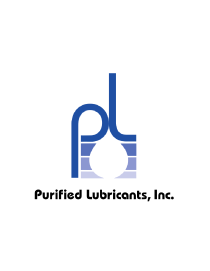“I have heard many different opinions as to whether funnels should be used for topping off an oil reservoir. Can you explain why funnels should or should not be used?”

“I have heard many different opinions as to whether funnels should be used for topping off an oil reservoir. Can you explain why funnels should or should not be used?”

Not long ago, I was called to a paper mill to diagnose a winder with a cylinder that moved at different speeds whenever the weight of its load changed. The cylinder was operated by a proportional valve, so the speed should have been determined solely by the command signal applied to the valve. Now the whole purpose of a proportional valve is to provide accurate speed control. A standard directional valve is always either fully open or fully closed, but a proportional valve will open by an amount proportional to the electronic command signal applied, hence its name. The more the valve spool opens, the greater flow is delivered to the actuator and the faster it will move. In order to maintain production until the problem was located, the command signal to the proportional valve had to be manually adjusted whenever the load weight on the cylinder changed enough to adversely affect its performance.

When a hydraulic issue occurs, the pump usually is one of the first components changed out, but it actually should be the last. Why? Because a pump is the most time-consuming part to replace and the most expensive. It should never be changed before several tests are conducted. The easiest tests and checks should be made first.

Many maintenance departments today “fight fires” instead of approaching their problems systematically. Prevention is a far better goal than trying to solve problems as they arise. While this strategy may be a little costly at first, it is not nearly as expensive as allowing problems to occur.

Stanhope-Seta recently introduced a new particle counter for testing oils with a viscosity of up to 200 square millimeters per second (mm2/s).

